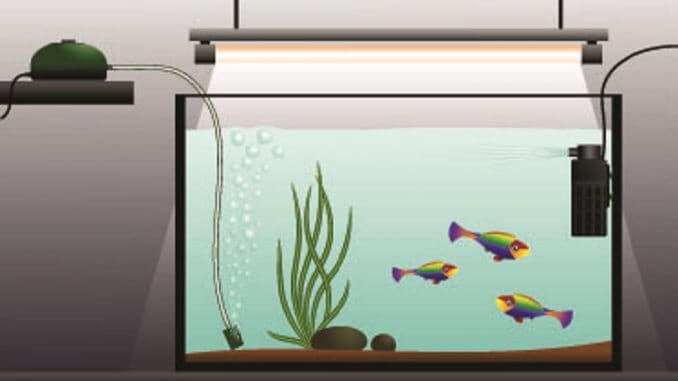
Every owner of an aquarium, be it freshwater or marine, knows that in order for it to flourish you must pay close attention to the environment in the tank. One of the biggest components of an aquatic environment is circulation.
Unfortunately, many people still struggle to understand exactly what good cycling in a fish tank looks like. This time around we will try to clarify any questions you might have about proper circulation.
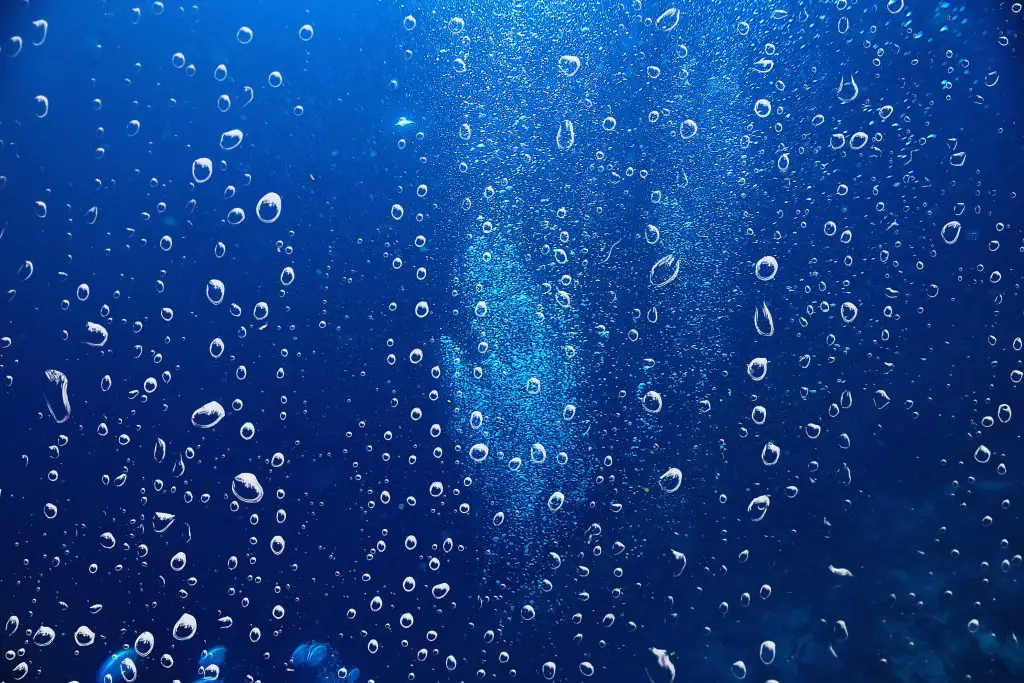
This is a very useful topic, so if you ever struggled to kickstart an aquarium – you are in the right place. We will discuss good habits when setting upcycling, aeration, filtration, nutrients, and give you some advice.
Carry on reading to learn everything about how to cycle an aquarium tank and even more!
What is Cycling
When you hear the word “cycling” tossed around in the fishkeeping world it usually involves more than just one thing. Like the natural environment, the aquarium is controlled by many different factors.
One of them should be well-known to every hobbyist – the nitrogen cycle. It is based around recycling different forms of nitrogen with bacteria growing in your tank and is crucial for the well-being of your fish.
So just like nitrogen, other nutrients should be constantly cycled in the system to be thoroughly distributed throughout the tank. It is this constant movement that aquarists like to refer to as filtration.
The nature of cycling in the aquarium is multilayered, with one part of it supporting the next and further on. For example, filters and heaters mechanically moving the water layers cause them to, in turn, take up oxygen, which would allow other nutrients to form.
Why Should You Care Fish Tank Cycling
Having sufficient circulation in your tank is one of the most important things your animals require. It also has a variety of other benefits, like keeping the algae in your tank in check or decreasing the chance of harmful diseases finding their way into your system.
How good your circulation also limits the amount of fish you can keep. For some large species, it isn’t so much about the volume but rather sufficient cycling.
The broken ammonia cycle, largely responsible for the ’new tank syndrome’, can be a severe problem for any aquatic system. It allows harmful compounds of ammonia to spread in the tank, which the fish can’t process.
The annoying algae outgrowths can, surprisingly, also be controlled by adjusting the cycling. Sufficient movement of water in the tank helps break up algae mats that start to form along with the glass or on other surfaces.
Finally, good circulation in the fish tank imitates the way natural basins work. Some fish species may explicitly require strong flow in the aquarium, giving you an additional reason to thoroughly think about how to cycle your tank.
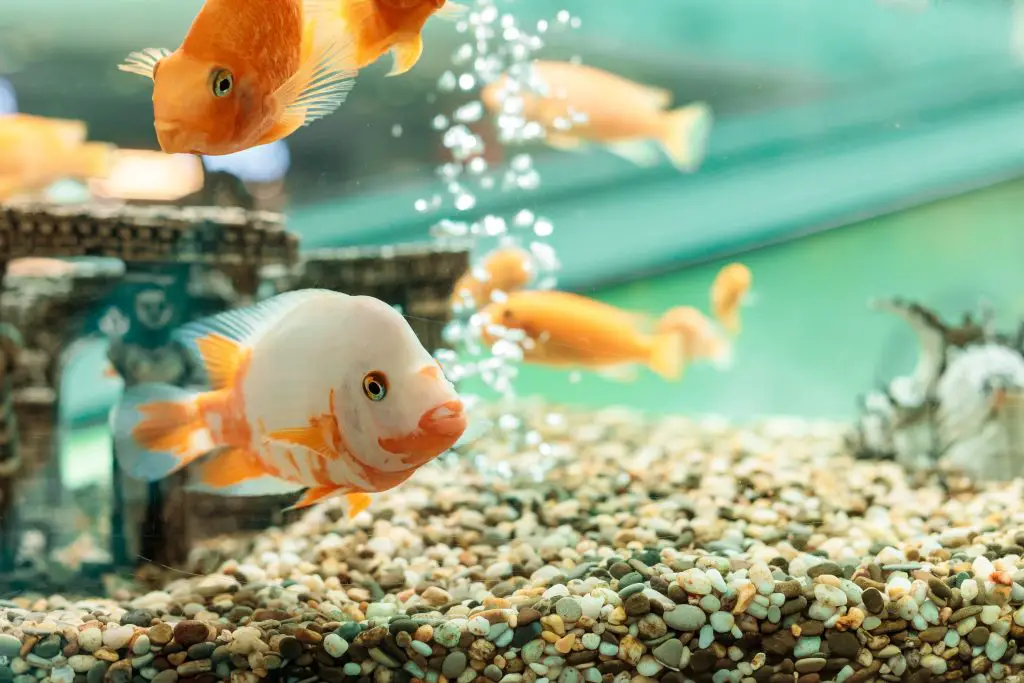
The bubbles in the tank contribute to moving the water around, which, in turn, helps maintain the same temperature throughout the tank. This also helps avoid sudden temperature drops, which creates a comfortable environment for your fish.
The sufficient rates of aeration also help increase the porosity of the substrate and avoid anoxic gaps. This helps ensure that the substrate bacteria that prevent the formation of ammonia, methane, or hydrogen sulfide, will have all they require to survive and grow.
How to Take Care of Cycling
The cornerstone of good circulation in any fish tank is its aeration. Consisting of natural and mechanical filtration, it enriches water with oxygen and other essential nutrients. The fish take up this oxygen and later, much like humans, emit it back into the environment.
In many ways, the oxygen in the tank behaves like it would in air. This is why just like in the terrestrial environment plants also play a role in how oxygen is distributed around the aquarium. In some cases, like smaller tanks, they may even be on par with filters in terms of efficiency.
For creating a smarter setup always consider the ratio of plants to fish in your tank. It would help retain and manage the oxygen balance in the aquarium. In addition, the plants will also take up and process some of the harmful nutrients.
Although plants are a good way of cycling an aquarium, most of the modern fish tanks rely on filters to take care of aeration. They are not only very useful for supporting an already established aquarium but also kickstarting a new tank.
The majority of aquarium filters in use nowadays work using an electromagnet coupled with a flexible membrane that pushes the water through and back. Others use air compressors to suck the water in and push it back into the tank.
When choosing your filter, remember to consider the size of your tank. Using an overly powerful filter not only wastes energy but can actually cause stress in fish. The same goes for using a filter that’s too weak for your volume, so weigh everything beforehand.
Another crucial step for getting the circulation going in your tank is understanding and anticipating what affects it. The very diverse nature of aquariums means that even the most subtle change can have a significant effect.
One of the factors behind circulation in fish tanks is temperature. It directly affects how much oxygen there can be in your aquarium, while also impacting the movement of water in your tank. Generally, the warmer the water is, the less oxygen it can store. Which is why looking after the temperature and, ultimately, using a quality a filter is crucial.
Interestingly, the water temperature also speeds up the metabolism and other essential life processes in fish. The faster the metabolism, the more oxygen fish require at a time when its concentration in water is reduced. This makes it even more important to find a happy medium or increase the inflow of oxygen using filters.
The second factor affecting aeration in your tank is the one mentioned already – plants. They come in a huge variety and cater to almost any type of tank, be it a breeding aquarium or a common freshwater one.
Using the right type of plants for the right type of setup can significantly ease the process of cycling the tank for the first time. Alternatively, it can also noticeably boost the oxygen production in the tank.
There are also some things you have to consider when it comes to oxygen production by plants. Although during the day supply of oxygen is stable, at night and without lighting plants use up oxygen themselves so there will be a slight oxygen deficit.
And finally, just like plants, other living organisms have an effect on aeration and circulation as a whole. The small nitrogen bacteria are arguably one of the most important contributors to aquarium cycling.
Although they may use a lot of oxygen, in return they help transform the organic waste left by fish into harmless compounds. But once again, if the amount of waste in the tank exceeds the oxygen supply, the environment will suffer.
How To Cycle A Tank Takeaway Points
The filtration is a relatively easy topic to understand. However, to successfully cycle a tank you need to keep a couple of things in mind at all times. Below we will mention and summarize something we have already briefly covered.
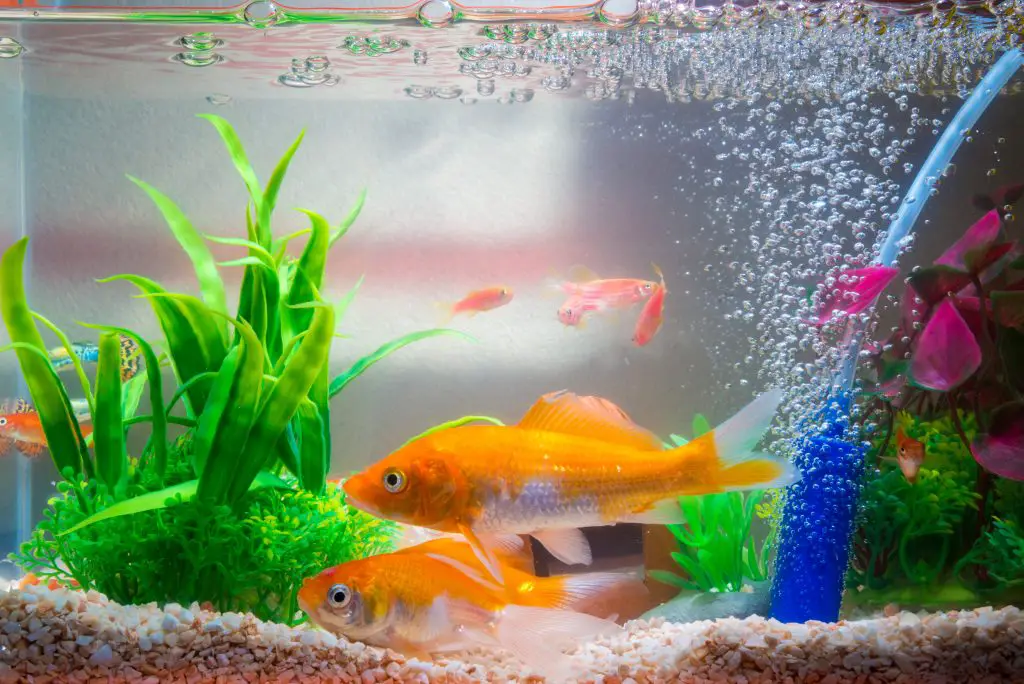
Remember the relationship between water temperature and its oxygen concentration – the higher the temperature, the less oxygen it can contain. So you need to maintain that tricky balance between temperature requirements of your fish and nutrient levels.
If you notice that your tank experiences oxygen deficiency, consider using aquarium oxidizers. These are the same things used while transporting fish or to maintain a pond environment. They can help out in situations when you don’t have a chance to quickly adjust the aquarium in a natural way.
When choosing any filter, consider the recommended tank volume and also think about how many fish and others you keep in your aquarium. Make sure that you choose the appropriate filter to get the most out of it.
Oxygen Overabundance
Now that we covered oxygen deficiency we should also address oxygen overabundance since having too much oxygen in the tank can be just as harmful to the environment as having too little of it.
Too much oxygen can affect your favorite fish in a variety of unpleasant ways, including disrupting their circulation systems and gaseous exchanges. Although this is quite rare, being overzealous with aeration isn’t really a good idea.
When you notice some changes in the aquarium that start affecting your fish, consider getting an aquarium test kit to measure the vital water parameters. If you notice unwanted oxygen, or any other nutrient, concentrations – try to normalize the environments using aquarium chemicals or by simply renewing the water.
Common Mistakes
Remember that water doesn’t take up oxygen directly from the air bubble that the filter produces, but rather the exchange happens on top of the water surface where it comes into contact with the air directly above the tank.
The filter and the bubbles it produces help optimize this process and mix up the water in a more efficient manner.
Don’t forget that you shouldn’t switch off the aeration systems in your tank during the night, it should be constant. Otherwise, the alternative will likely seriously irritate your fish.
Aquarium Cycling Equipment
Substrate Filter
This type of aquarium filter represents a whole complex system for purifying the water in your tank. They are also pretty universal and can be used in a variety of different volumes, both freshwater, and saltwater.
Its main principle is the filtration of the water via the substrate. It consists of a net with small mesh or a piece of plastics with similarly small holes, a pump, and a system of pipes. All the plumbing is generally installed at the bottom of the tank and then covered up with a net, and the substrate is then laid on top of everything.
It is worth noting that you should avoid using a small substrate, like fine sand or gravel, as it can easily clog the pipes and cause the filter to stop working. It is usually better to use it with medium pebbles or normal river gravel.
Among its biggest cons is the tricky installation. You would need to completely empty the tank and thoroughly clean the base of it along with any decorations or other equipment. Nevertheless, its benefits outweigh all of that inconvenience.
This creates a constant circulation of the whole tank and the water passing through the bottom will ensure that all hard-to-reach waste is removed. This sort of circulation also serves as a good preventive measure for any potential infections.
The aeration of the bottom part of the tank could also be beneficial for your plants, providing all the essential nutrients right to their roots. However, everything is good to a point and in some smaller tanks, an overly powerful circulation through the substrate will leave your plants without enough nutrients.
In case some of the waste is too large to be carried through the substrate, it will accumulate on top of it and you will need to use a siphon to clean it. If the substrate filter becomes clogged, you would need to empty the tank once again to clean it. It might not be such a big issue with smaller volume tanks but with large tanks, it can be quite time-consuming.
Internal Filter
These filters have become a true staple in fishkeeping as they are pretty cheap and easy to use. Easy to install and can be found in the majority of modern aquariums.
It consists of a disperser situated inside of a plastic casing with a sponge filtering material. Very easy to clean and can usually be taken apart in a few simple steps. One of its biggest pros is that the waste will be stored and held by the sponge inside of the filter so it will not accumulate in the water environment.
External Filter
External filters are often used in larger tanks that need to be able to recirculate large amounts of water daily. However, compared to the substrate filter, these are still relatively easy to use. The main bulk of the filter is located outside the aquarium, which also makes it easier to clean.
A multi-step purification process is a highlighted feature for this item. It often contains multiple filtering mediums, like biological, mechanical, or chemical. The presence of a biological filtering material can really help you with creating cycling in both the new and already established aquarium.
How To Cycle Summary
Owning an aquarium is a wonderful way to spend your time and the variety of colorful fishes will surely keep you invested. However, in order for an aquarium to flourish you need to know how to take care of the environment.
Fish tank cycling is one of the most crucial aspects of any aquarium and getting it right is essential for success. Learning how to cycle a tank involves many different components that all impact on each other to create a healthy, habitable environment for fish and plants alike.
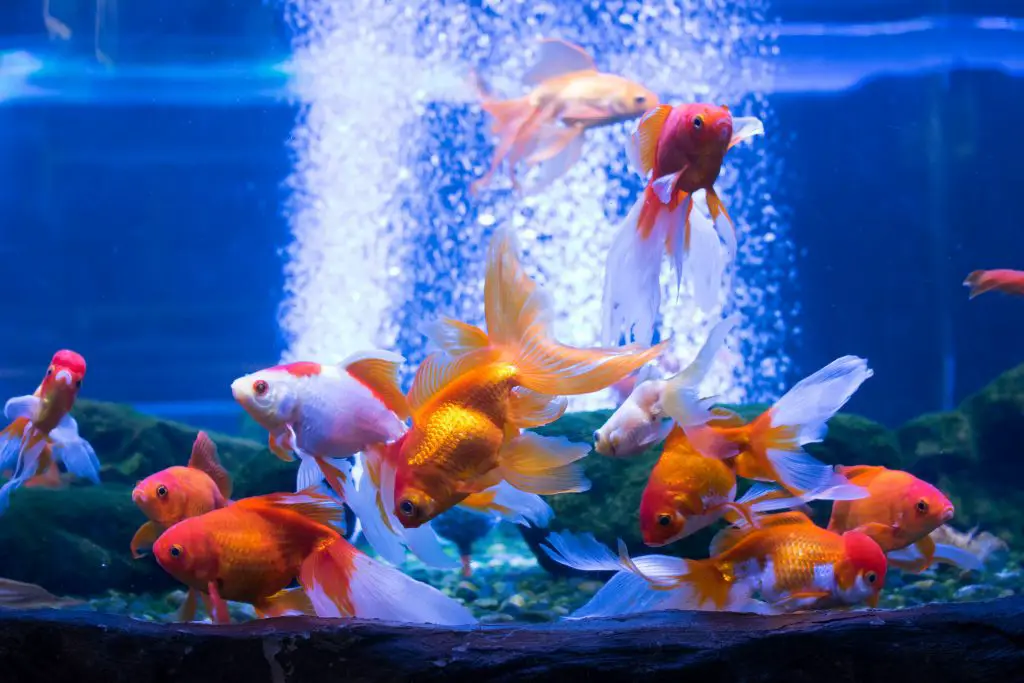
Know that you are equipped with the knowledge about how to correctly aerate your tank and how to avoid common mistakes. You should not have any problems with aquarium circulation at any point in the future. Remember our advice and enjoy it!
How do you cycle your tank? Let us know in the comments section below…

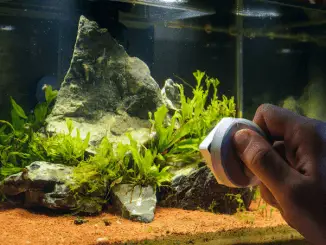
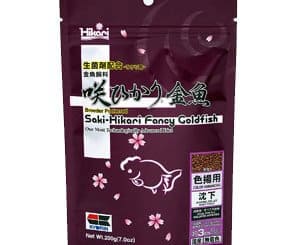
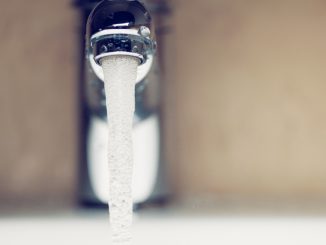
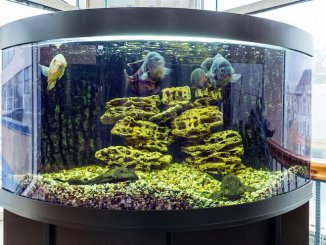
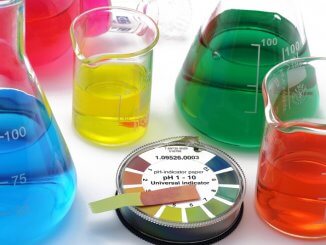
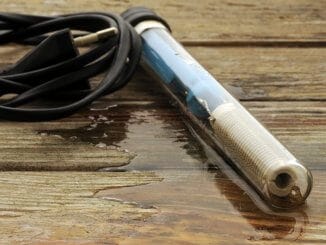

Be the first to comment